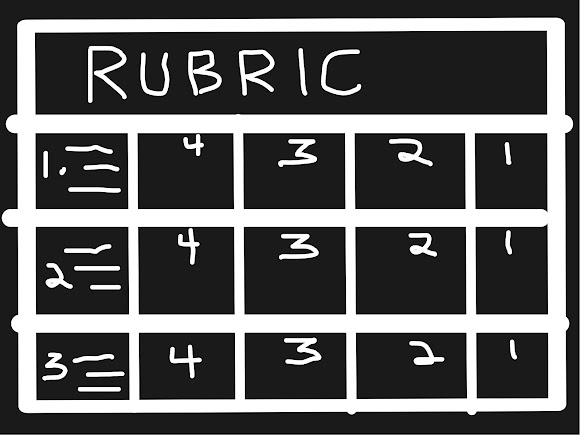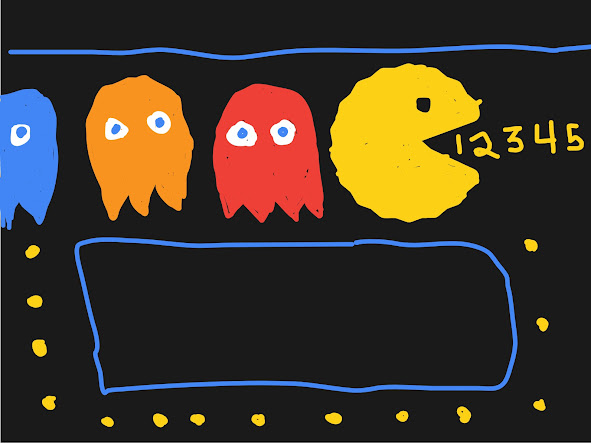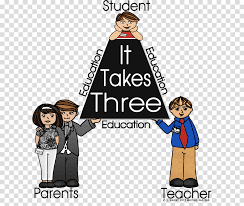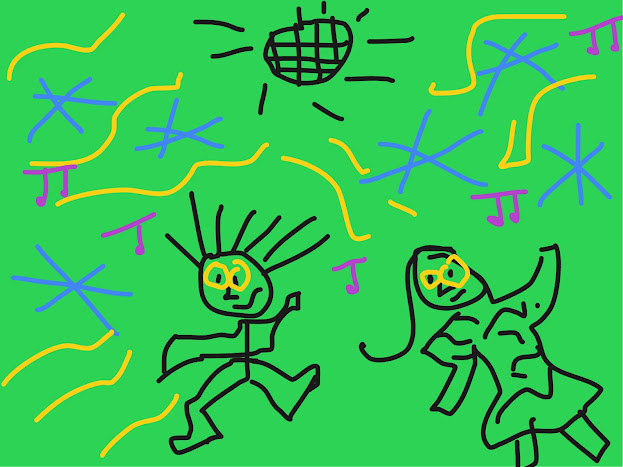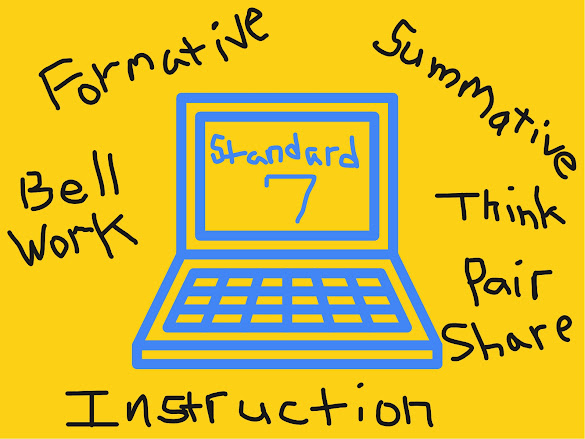My Bio and Teaching Philosophy

My name is John Emanuelson. I have been teaching in Asia for over 14 years. I began my journey through the world of education working at an after school English academy in South Korea. After 10 years in South Korea, I decided to transition towards teaching Adults English, so I completed my CELTA and moved to China. I worked in this field for a couple of years, but due to Covid-19 and nostalgia for the classroom, I moved back into the field of primary and secondary education. Currently, I am enrolled in a teacher training course and it is my goal to be certified by the end of 2022 or summer of 2023. Looking back on the last 14 years, it is amazing how I got here. What started out as an opportunity to travel and experience life abroad has turned into a vocation. I feel a sense of accomplishment and fulfillment from teaching that I have never gotten any other occupation, which is why I have committed to becoming a qualified educator....

